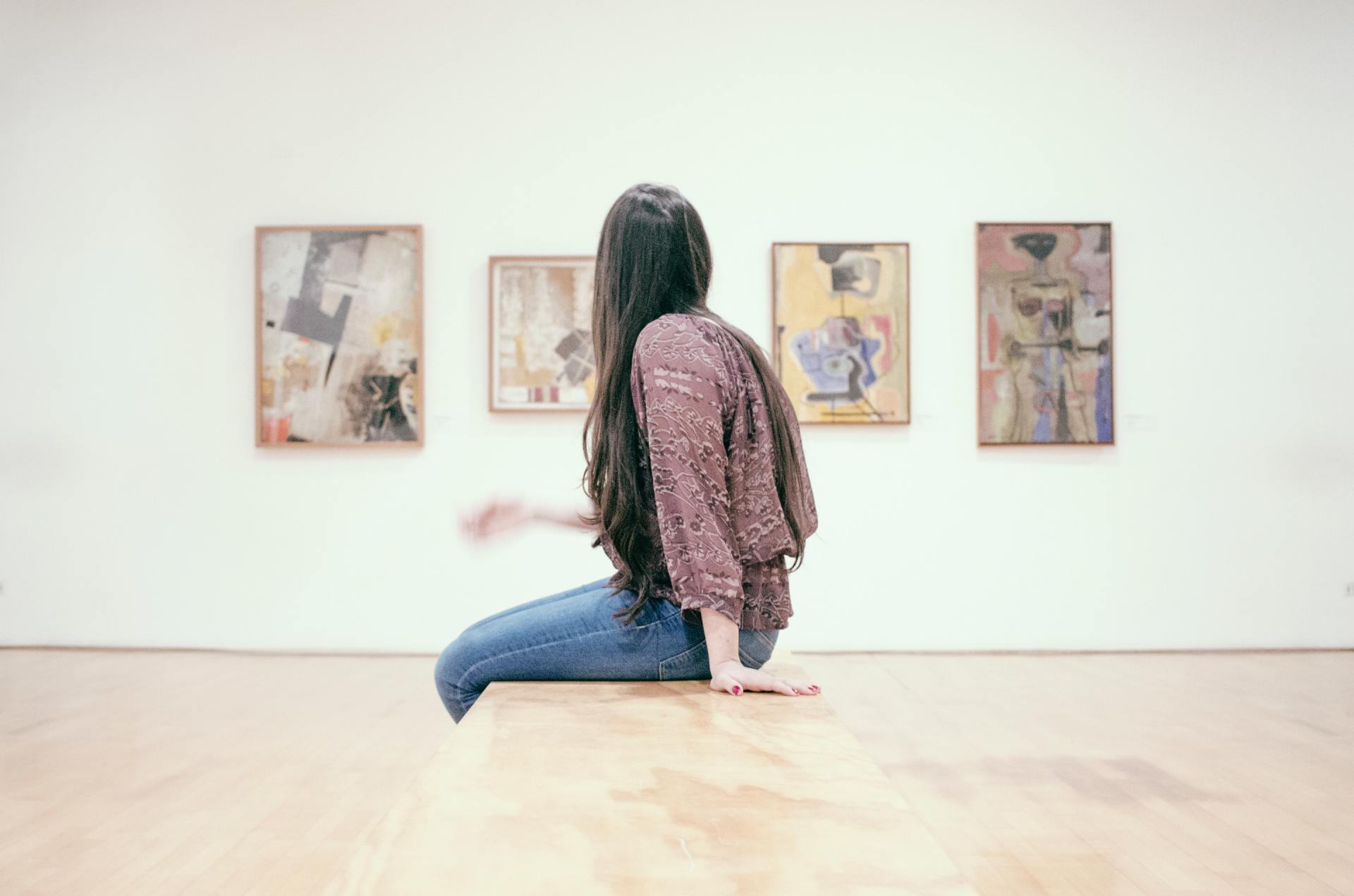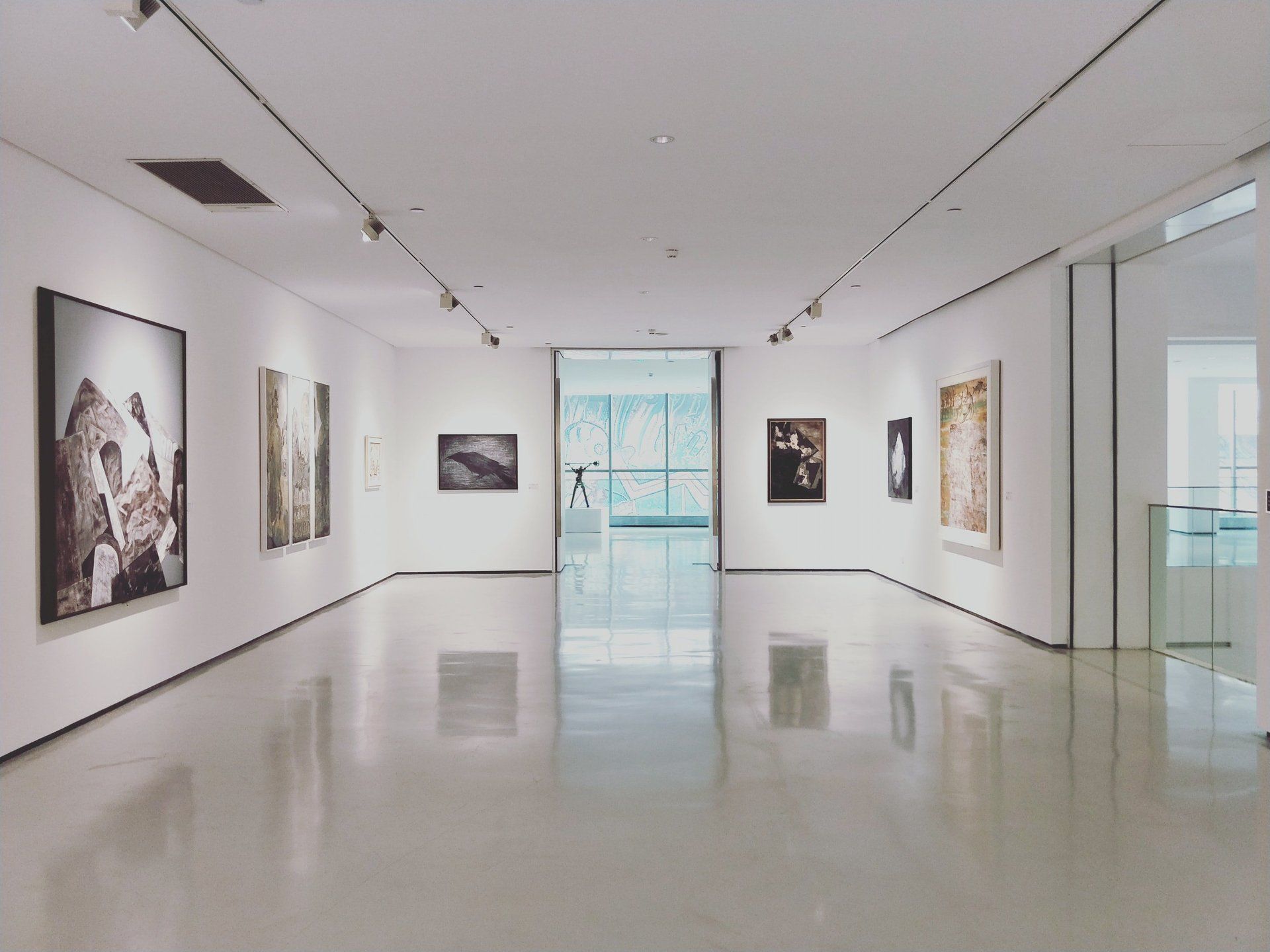7 Expert Tips on How to Choose Wall Art for Your Space
Art can transform a room, but finding the right pieces can be challenging. We're here to help with this guide explaining how to choose wall art.
Do you want to spruce up your living space? Those blank walls aren't doing your interior design any favors, so why not add some nice décor?
One of my favorite ways to decorate a living space is by hanging a new piece of wall art. There are so many styles and esthetics available. How choose from all those options?
In this blog I want to give you some inspiration, to guide you to your next piece of art. Keep reading to learn all about how to choose wall art that fits your home.
1. Take Note of Sizing
The first thing that you need to consider when you're choosing wall art is the amount of space that you have to work with. Not everyone has spacious walls and you don't want them to look cluttered.
While you don't have to measure, try to get an idea of how much space you want the art to take up. White space is just as important as decorated space when it comes to design (even interior design) so don't neglect it.
Even one singular piece in the center of a blank wall can make an impact. It acts as a statement piece.
2. Decide On a Color Scheme
After you've determined how much space you're able to take up with your wall art, decide on what colors you want. These colors may complement the color of the wall, but if your walls are white, you have more wiggle room.
You can choose one piece that suits your color scheme well, or you can choose pieces that complement each other. If you're into a more kitschy look, you're free to use colors that contrast or don't seem to work together at all.
It's a good idea to know some form of
basic color theory when you're working out the color scheme that you want.
3. Consider a Gallery Wall
If you have a lot of room, gallery walls are a great way to display art and other decorations. You can get several art pieces in the same series and arrange other things around them.
Gallery walls are there to show off your personality and aesthetic. Many people use well art in combination with personal art, photographs, shadow boxes, and anything else that can hang on a wall.
If you're
making a gallery wall it's a fun idea to use different shapes and sizes of wall art. Most people like a look that isn't as simple as rows of squares or rectangles. The variety gives the wall more visual interest.
4. Look At The Other Decorations In Your Home
Speaking of gallery walls, when you're trying to choose the best types of wall art for your home, it's a good idea to look at the other decorations in the room (both on and off of the wall). This also ties into figuring out your desired color scheme.
If your living room, for example, has a "warm and cozy" look, you'd be using contrasting colors if you chose a piece of wall art with a cool color scheme. If you want something to match the overall "vibe" of the room, you'd need to pick something warmer (such as reds,
oranges, and pinks ).
If your gallery wall is full of vibrant colors from all across the rainbow, you have the option of picking art that contrasts it with muted colors or fits in with other vibrant colors.
A cohesive space requires careful planning.
5. Know Your General Aesthetic
On the note of the other decorations and colors in your home, you should have an idea of what your own personal aesthetic is. Your aesthetic is part of your identity, so your home should speak to that.
Sit with yourself and figure out what kinds of things you like. Are you the kind of person to have artistic nude paintings in your home, or are you more into abstract or geometric designs?
Your home represents you when other people enter it. What do you want them to see?
6. Decide On Arrangements
The way that you plan on arranging your wall art can help you determine what kinds and sizes of art that you need.
If you're looking for one primary piece of art in an entryway, for example, I suggest using something large that dominates the space and makes a statement.
On the other hand, you may want to have arrangements of wall art that go together. It's nice to have pieces side-by-side
that match or at least complement each other.
When it comes to decorating the bedroom, it looks nice when you have several pieces that go together over the headboard of your bed (or in place of a headboard if you don't have one).
Space them out so they're approximately the width of your mattress for an even and organized look. For this look, squares look best, though you can do it with rectangles as well.
7. Consider Seasonal Changes
You don't have to keep one set of art prints year-round. If you're having trouble deciding, or if you change up your décor with the seasons, it's fun to have different prints that you can switch out.
Again, this can tie into color schemes.
Springtime is the time to bring out bright colors that bring flowers to mind, like
pink
and
green . Winter is good for muted colors that match the gray skies and snowy landscapes of the outdoors. Summer is the time to bring in cool tones to bring ocean vibes into the home and fall is when you can incorporate warm colors.
Shifting art around by the season keeps your home looking fresh and new.
How to Choose Wall Art: What's Right for You?
Choosing types of wall art isn't an exact science. It all depends on what you want for your home and how you prefer to represent yourself. There's no one clear answer for how to choose wall art. Be creative!
I have many styles of wall art available in my shop. My prints are unique and fit many aesthetics. Which
will you choose?
KOKO Art Print - Blog by artist Korinna Janssen





